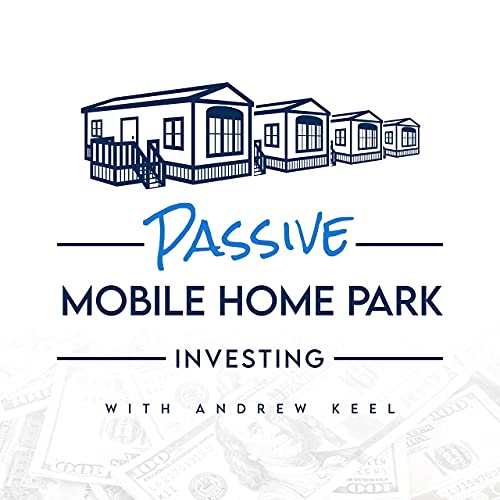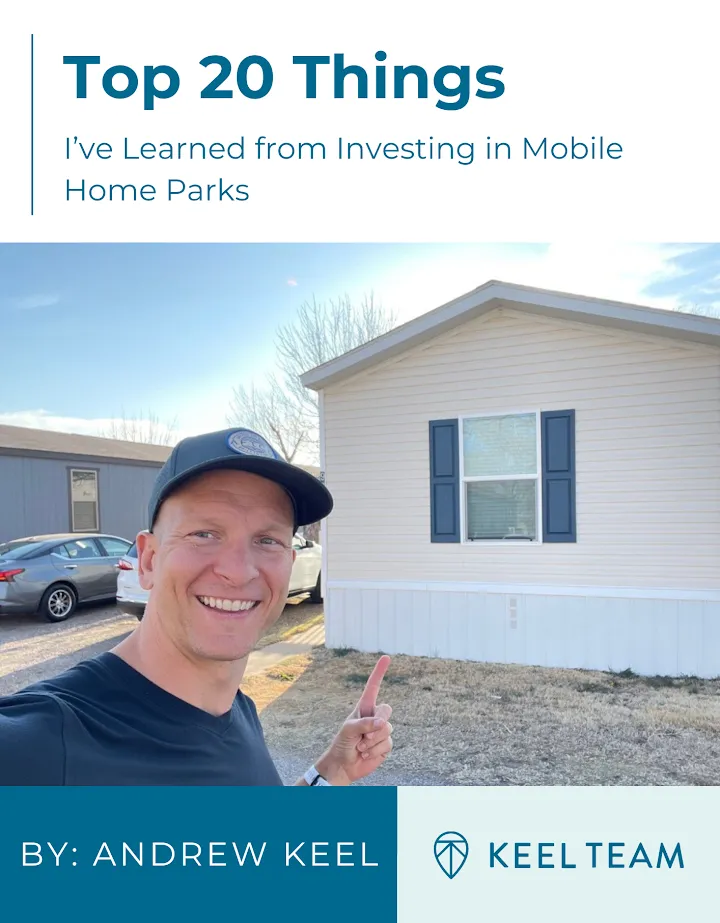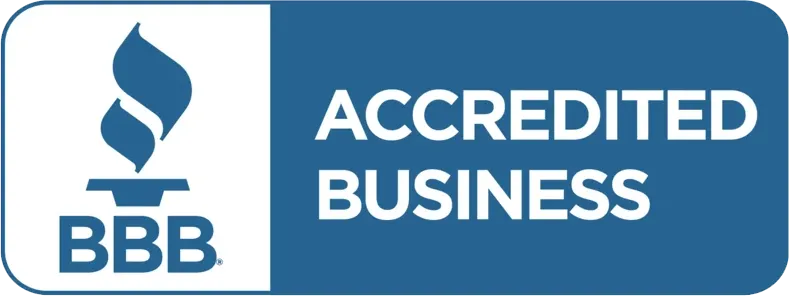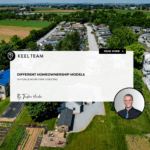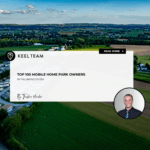Why Mobile Home Park Investing Can Outperform Multifamily in Down Markets
-
 Tristan Hunter - Investor Relations
Tristan Hunter - Investor Relations
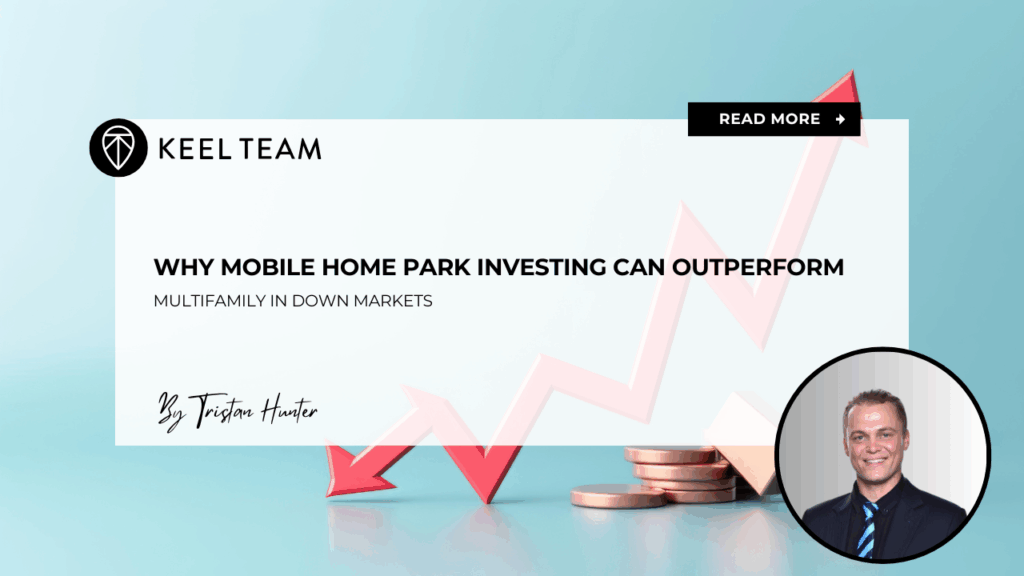
In times of economic stress, many real estate sectors feel the pressure. Yet, some investors argue that mobile home park investing may outperform multifamily assets in down markets. While nothing is guaranteed, mobile home parks often carry structural advantages that may help them weather poorer market conditions better than many multifamily properties. Below, we explore the reasons this tends to occur — and also the caveats you should keep in mind.
What Happens to Real Estate During a Down Market?
Before diving specifically into mobile home park vs. multifamily, it helps to understand the broader patterns:
- In recessions or slower-growth cycles, vacancy and delinquencies tend to rise across many property types.
- Rents may stagnate or decline (or at least appreciation slows), pressuring owner cash flow.
- Tenants often seek more affordable housing or downsize to reduce their housing expenses.
- Cap rates may expand (i.e. valuation multiples compress) as investors demand higher returns for added risk.
Given those forces, an asset class with stable occupancy, lower operating burdens, and ability to attract cost-sensitive tenants has a comparative edge. That is where mobile home park investing often shines.
Download our FREE eBook on the Top 20 things to know BEFORE investing in mobile home parks!
Key Advantages of Mobile Home Park Investing in Down Markets
Below are the core reasons mobile home park investing can perform better than multifamily investing when markets turn soft.
Lower Tenant Turnover and Greater Stability
One of the biggest advantages is tenant stability. In mobile home park investing, many residents own their mobile homes and lease the lot or land underneath. Because relocating a mobile home is expensive, logistically complex, and sometimes impossible (for older homes or due to site constraints), residents tend to stay put for much longer. Some estimates suggest average tenancies of 7–10 years or more in well-managed mobile home parks.
In contrast, many multifamily tenants are renters only, and turning over units—units vacated each year—can be high (12–18 months or shorter in many markets). This naturally means multifamily portfolios tend to see more vacancy exposure in downturns.
Thus, mobile home park investing often benefits from lower friction in maintaining occupancy, since tenants have large switching costs.
Affordable Housing Demand Strengthens in a Downturn
During economic stress, many households are forced to tighten budgets or downgrade housing. In that environment, low-cost housing becomes more attractive. Mobile home parks generally serve a more affordable housing niche—residents who seek or need lower-cost housing alternatives. When people leave more expensive apartments or homes, mobile home parks may absorb some of that demand.
So while multifamily properties (especially high-end or luxury ones) might see tenants move out or default, mobile home parks may remain relatively resilient due to the built-in demand for affordable lot housing.
Lower Operating and Maintenance Burden for Owners
In many mobile home park investing models, the park owner is responsible primarily for infrastructure (roads, utilities, common areas) and lot maintenance, rather than the interior maintenance of each dwelling. Because tenants often own their homes, they handle many of the repair and interior capital expenditures.
By contrast, in multifamily investing, the owner is responsible for maintaining individual units (plumbing, HVAC, appliances, finishes). In downturns, repair defaults or deferred maintenance can become a drag. The lighter operating burden in mobile home park investing can mitigate downside risk when capital is tight.
More Predictable Cash Flow and Resilience to Payment Stress
Because lot rents in mobile home park investing are often relatively modest, residents are less heavily burdened by rent jumps. Furthermore, tenants owning their homes are incentivized to maintain payments on their lots to avoid losing a valuable asset. This dynamic can lead to more stable collections under stress.
Multifamily tenants, especially in higher-rent buildings, may face steeper trade-offs in tight times and be more likely to default or move out to save costs. The relative predictability of lot rent payments in mobile home park investing is one reason many investors see it as more recession-resistant.
Scarcity and Barriers to New Supply
Another hidden advantage: new mobile home parks are rarely developed today, largely due to zoning, regulatory pushback, and infrastructure cost. That means the supply side is relatively constrained. Over time, scarcity can boost value and reduce competitive pressure, helping mobile home park investing prospects in adverse cycles.
Multifamily development is more common, especially in growing markets, which can lead to overbuilding risk when demand softens.
Opportunity for Multiple Revenue Streams & Value-Add Flexibility
Mobile home park investing often allows more creative revenue streams beyond lot rent:
- Selling or financing mobile homes to tenants (i.e. owner-financed homes)
- Storage, garages, or sheds
- Utility reimbursement or markups
- Billboard or billboard lease ground rent
- Premium lot upgrades (e.g. road paving, amenity add-ons)
These ancillary income lines can help buffer revenue downturns better than a pure multifamily rent stack. In multifamily, you mostly rely on rent and perhaps ancillary income (parking, laundry) but have fewer creative levers.
How Multifamily Investing Behaves in Down Markets
It’s useful to understand the common vulnerabilities of multifamily investing in downturns so you can contrast more clearly.
Higher Turnover Risk & Vacancy Pressure
As mentioned, multifamily assets typically see regular turnover. When job loss or income stress hits, tenants may downsize, sublet, or leave. Vacancy rates can climb quickly in multifamily, especially in class B or C properties.
Deferred Maintenance and Capital Strain
In tougher times, owners may delay maintenance or capital expenditures to conserve cash. Over time, that can degrade property condition, weaken leasing appeal, and further depress rents or occupancy — a negative spiral.
Rent Growth Slowdown or Decline
Multifamily projections often rely on rent growth assumptions. In downturns, rent increases may stall or decline, eroding growth expectations. Some municipalities may impose rent restrictions, making defensive rent growth assumptions even more conservative.
More Competition & Saturation Risk
In many markets, multifamily is more crowded with institutional and local developers competing. That means in softer cycles, the oversupply risk is higher, putting downward pressure on yields and occupancy.
That said, multifamily investing is not a weak asset class. In many downturns it holds up better than retail or office real estate. But relative to mobile home park investing, it may have more downside exposure.
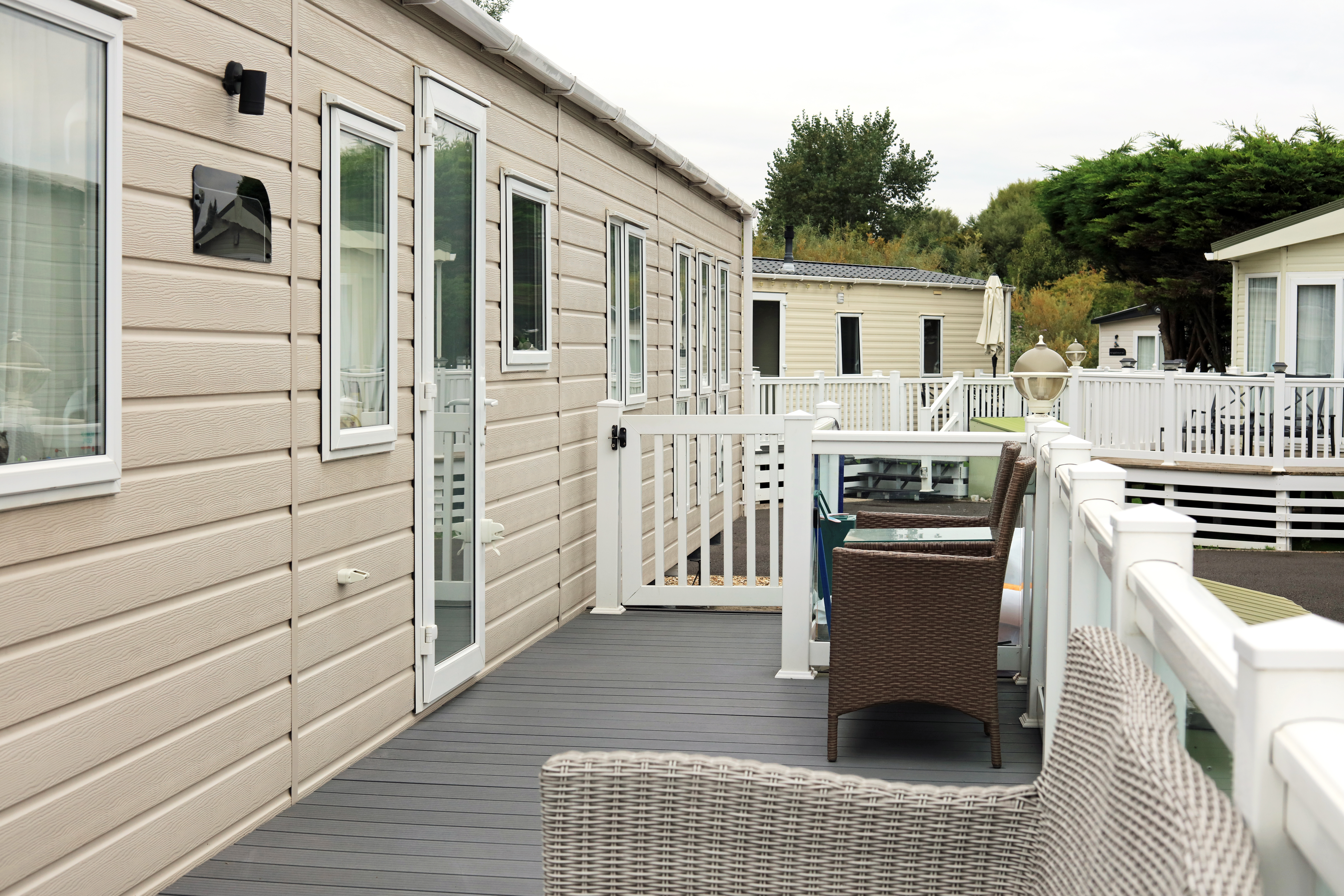
Important Caveats & Risks
Though mobile home park investing often outperforms multifamily in down markets, it’s not a bulletproof strategy. Here are some caveats and risk factors you must respect.
Regulatory & Zoning Risk
Mobile home parks are subject to zoning laws, local ordinances, rent control or stabilization rules, and municipal political pressures. Regulatory changes can reduce upside potential or impose new constraints.
Capital Expenditures & Infrastructure Risk
Even though interior maintenance is typically borne by residents, the infrastructure (roads, water, sewer, utilities) can age and require costly capital work. Deferred maintenance on those systems can be expensive during downturns.
Resident Challenges & Credit Risk
Some residents may struggle with lot payments in a prolonged downturn. Though historically mobile home park investing shows better payment resilience, defaults still occur. Strong underwriting and awareness of resident profile is essential.
Market & Location Sensitivity
Not all markets treat mobile home park investing equally. Demographics, local demand for affordable housing, competition, and regional economic conditions matter. In weak local economies, both multifamily and mobile home park investing may suffer.
Liquidity & Exit Constraints
Mobile home park investing deals may be less liquid than multifamily deals in many markets. Finding buyers or refinancing in tough times may be more challenging. Also, not all exit strategies (e.g., repurposing for redevelopment) materialize.
Comparing Performance in Down Markets:
During past economic downturns, real-world data has shown that mobile home park investing has tended to experience smaller declines in occupancy and cash flow compared to multifamily housing. For instance, while multifamily properties have historically seen vacancy rates rise by 2% to 8% and net operating income fall by 5% to 15% during recessions, mobile home parks have often seen more moderate shifts—typically only 1% to 4% higher vacancies and 2% to 8% lower income. This stability is partly due to the long average tenancy of mobile home park residents, many of whom stay for over a decade because moving a mobile home can cost thousands of dollars. In contrast, multifamily renters typically move every one to two years, creating higher turnover and operating costs when the economy softens.
Practical Strategies to Maximize Resilience
If you’re considering mobile home park investing in anticipation of—or preparing for—a downturn, these strategies may help:
- Underwrite Conservatively
Use conservative occupancy, rent growth, and expense assumptions. Stress test the deal for downside scenarios. - Maintain Strong Reserves & Cash Buffers
Keep contingency reserves to cover slower collections or infrastructure repairs. - Select High-Demand Markets
Favor areas with scarcity of affordable housing, positive demographic tailwinds, and limited supply of alternative housing. - Diversify Within and Across Assets
Own more than one mobile home park or combine with multifamily or other asset classes to hedge localized risk. - Engage Strong Management
Experienced operations reduce risk of slippage in tenant management, collections, and maintenance. - Add Ancillary Income Streams
Build optional revenue lines (e.g. storage, utilities, home sales) to supplement lot rent revenue. - Monitor Regulatory Trends
Stay aware of municipal zoning, rent control, or infrastructure mandates that may impact mobile home park investing.
Conclusion
During economic downturns, mobile home park investing often presents structural advantages over multifamily investing. Lower turnover, stable tenant bases, lighter operating burden, affordability appeal, and constrained supply can all help mobile home parks hold up better than many multifamily assets.
However, success is never automatic. Rigorous due diligence, conservative underwriting, experienced management, and market selection remain essential. No investment is guaranteed, but for investors seeking potential outperformance in down markets, mobile home park investing deserves serious consideration.
Are you looking for MORE information? Book a 1-on-1 consultation with Andrew Keel to discuss:
- A mobile home park deal review
- Due diligence questions
- How to raise capital from investors
- Mistakes to avoid, and more!
Disclaimer:
The information provided is for informational purposes only and is not investment advice or a guarantee of any kind. We do not guarantee profitability. Make investment decisions based on your research and consult registered financial and legal professionals. We are not registered financial or legal professionals and do not provide personalized investment recommendations.

Tristan Hunter - Investor Relations
View The Previous or Next Post
Subscribe Below 👇
